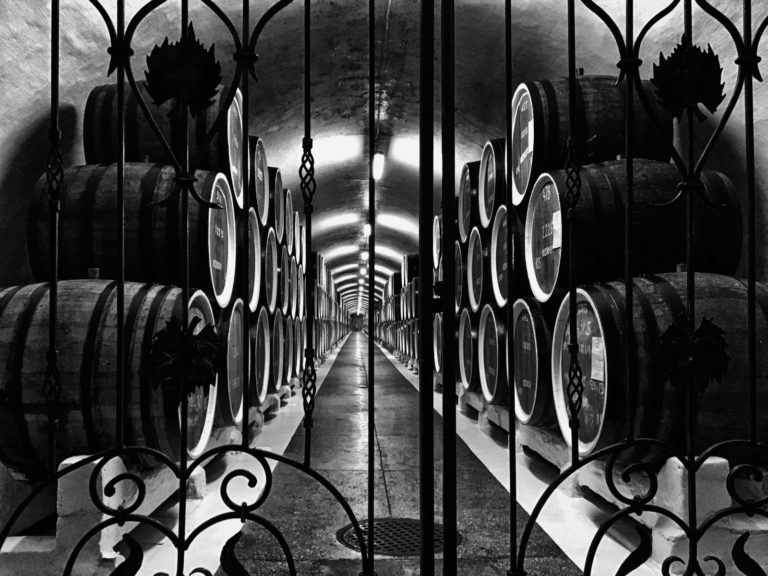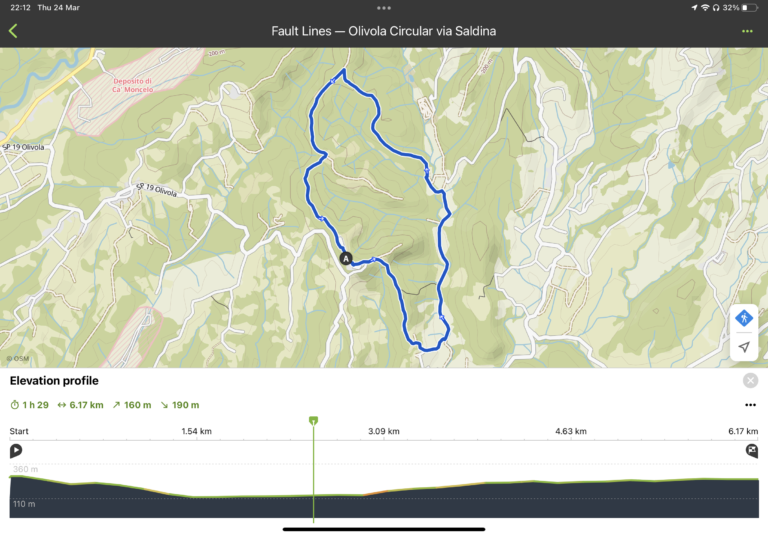From the deepest ocean to the highest mountain. From the smallest organism to the mightiest tree. Nature is everything that surrounds us. It’s the air that we breathe. It’s the landscape we live in. It’s us.
Nigel Fawcett, 2021
The first three articles on the angellightphoto blog crudely attempt to get to the heart of what my photography is all about. You will discover that my work revolves around three related keywords: landscape, wildness, and nature. In this, my third post, I will briefly explore the subject of nature:
The featured image of Stourhead Gardens above serves well to illustrate a dilemma. The trees, which are nearly all from foreign lands, would not normally be found growing together. Certainly not in such a park like arrangement. The lake would not exist without human labour. The best we can say is that the view has been landscaped to look natural. But can it be described as nature?

What do people say when asked to describe what nature means? They talk about woodlands and meadows. Or plants and animals. They talk about everything to do with the countryside. As the discussion continues, the net widens so as to include the oceans and mountains, the rivers and lakes, their own back gardens and, gradually, it becomes clear that nature is everywhere we look. The landscape is nature. Nature includes more than just the living things. It’s the earth, the air, and the sea. It’s the geology and the geography. It’s even the farms, villages, towns, and cities that we have built. Nature is not only all around us — it is us, too!

There are some who think that the things humankind has built are not part of nature.
But to do so is to suggest that the dams built by beavers, or the hills built by termites, or the nests built by birds, are not natural either. We only have to look at the way that gulls and raptors have colonised the ledges of our skyscrapers, as though they were sea cliffs, to understand that nature sees no boundaries. In fact, when we learn to look closer, we discover that our urban spaces are teeming with life. We are already aware of how quickly plants and animals re-inhabit our concrete jungles when, for whatever reason, we humans move out. The abandoned city of Pripyat, following the Chernobyl Nuclear Power Station disaster, serves as a powerful illustration.



